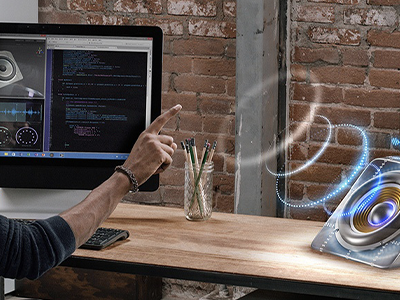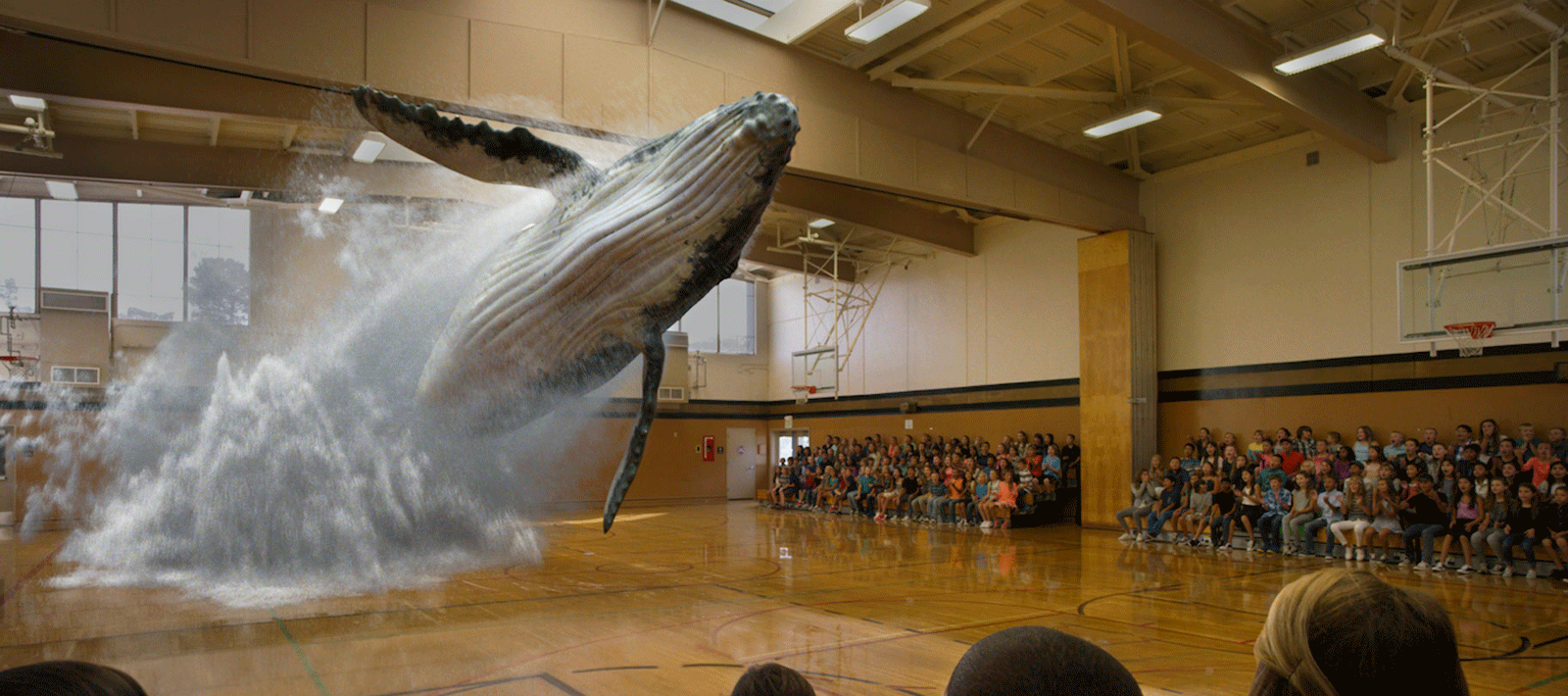Facebook expands the reach of AR experiences with Target Tracker
Amidst a worsening data harvesting controversy, updates to its advertising platform to prevent abuses such as potential election meddling, and anticipation of CEO Mark Zuckerberg’s Congressional testimony next week, you could be forgiven for forgetting that Facebook also develops technology products outside of Ads and Newsfeed.
Earlier this week, the company announced new enhancements to its augmented reality platform aimed at allowing, “businesses entirely new ways to build their brands and connect with customers through immersive AR experiences.” Currently, in closed beta, https://research.fb.com/enhancing-facebooks-ar-platform-with-target-tracking-capabilities/r was used to create enhanced video and artwork for the hit film Ready Player One:
At first glance, Augmented Reality Target Tracker could almost seem like a step backward in terms of sophistication: As readers of our blog might remember, 2D planar image targeting is one of the core components of all the major AR SDKs. However, there’s an important distinction with Target Tracker - unlike ARKit or ARCore, which can only be used on relatively new, high-end devices, Target Tracker is built to work on iPhone 5s or later and any Android device made since 2012. This means that the technology is doing more with less - the advanced computational and photography and sensing capabilities in the newest flagship smartphones are worlds more sophisticated than what’s running on models from just a few years ago.
Software over hardware
Facebook is able to bring pretty decent AR to low-end smartphones by focusing, “on quality and access.” From their research blog:
While others have developed similar technology, there are two things that are unique about our approach. Our goal is to make the technology available for the widest array of devices at the highest level of quality possible, maximizing accessibility to the widest variety of phones so anyone with an iPhone 5s and above or an Android 2012 device and above can use it. We are able to provide this experience for for high-end market phones all they way down to older, lower end phones, to ensure that people in any market can experience it. We achieved this coverage by heavily optimizing our tracking algorithm to perform really well on the low-end devices.
The basic way Facebook is getting this to work on low-end phones is by using target images, master image files that are already uploaded into the device and analyzed by backend algorithms. For example, the Ready Player One posters are uploaded as templates and then analyzed for certain low-level visual features, which are things like sharp lines and edges. These can be detected by almost any camera hardware, but they are still unique to a given image. Once the algorithm has these, they are decomposed mathematically and, using machine learning techniques, indexed for fast lookup and matching. This feature is important because it allows the effect to trigger quickly and not have the glitchy, laggy look of some of the early attempts at Augmented Reality on smartphones.
When the Facebook camera detects an image match in the real world, it immediately uses simultaneous location and matching (SLAM) tracking to ‘latch on’ and anchor the visual effect overlays it deploys. This is what makes the effect persistent - that is, it stays ‘stuck’ on the poster even as the camera and user change positions. This helps the effect stay in place and look more real.
They seem to be hoping that Target Effects will be a kind of MVP for businesses and marketers, a simple, easy-to-use feature that requires much less expertise than building a novel experience with something like ARKit. Describing their ideas for how businesses could use the feature, Facebook Research writes:
The movie poster (or any poster for that matter) experience can weave in all kinds of promotions, from a free popcorn to a scavenger hunt for free tickets. Restaurants and stores can create immersive and entertaining Augmented Reality experiences tied to their storefronts (like fashion shows or chefs in the kitchen) to entice customers to walk in the door. And the opportunity to create games will take us on adventures way beyond what was previously imagined. The possibilities are endless!
Speaking to CNET about the feature, a Facebook rep said, "Our vision is that in the future, AR will be in the world around us and not just in the ephemeral "capture and share" sessions we see today." With Tracking Effects, the company seems to have begun making major strides in opening up Augmented Reality functionality to a much wider audience of businesses and users alike.
Read more:


